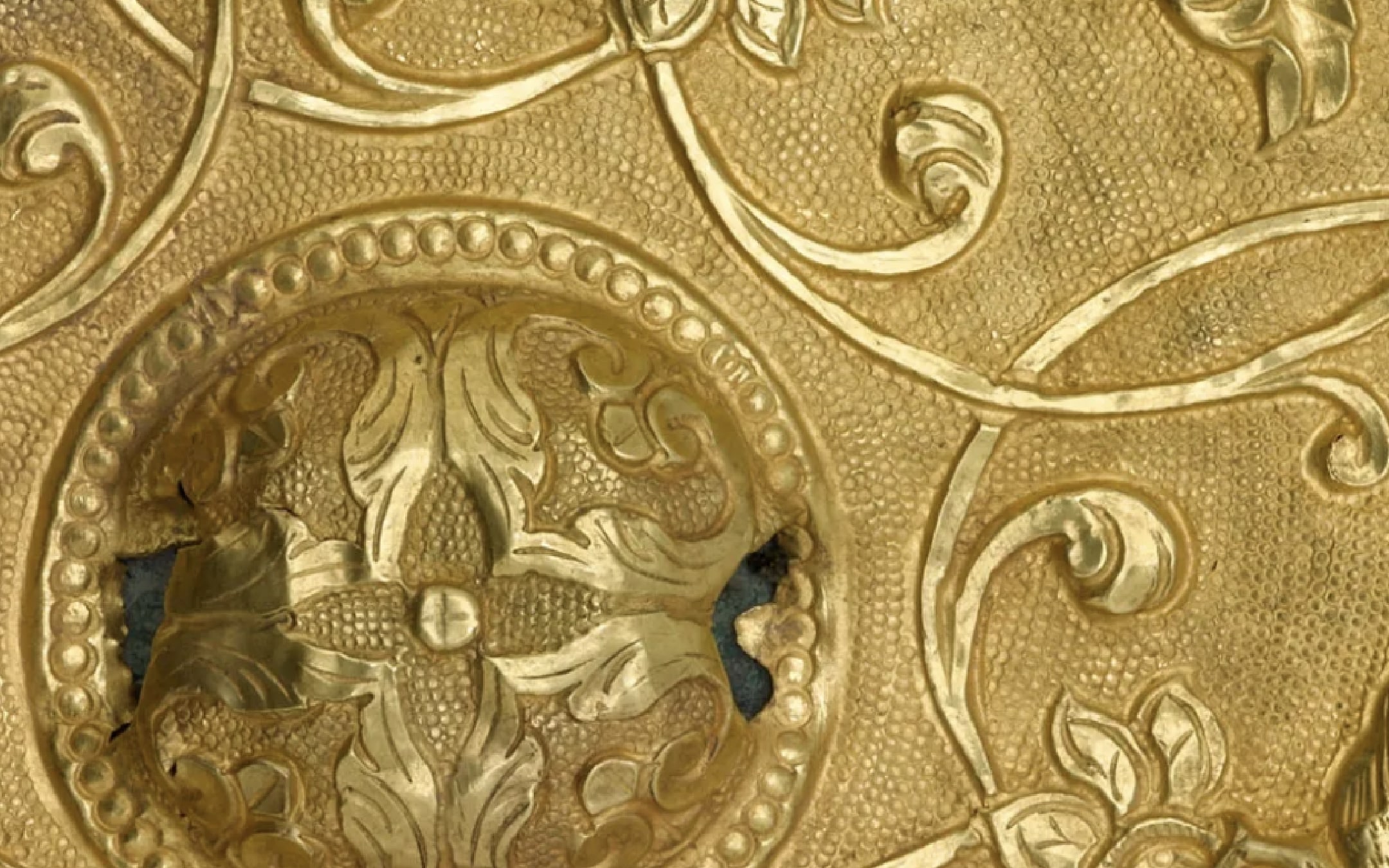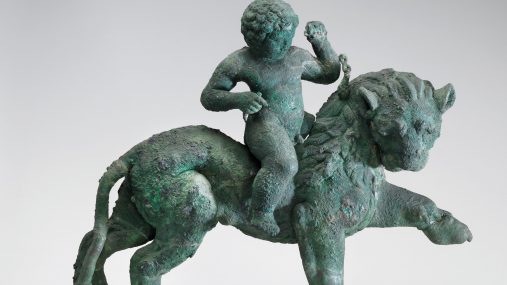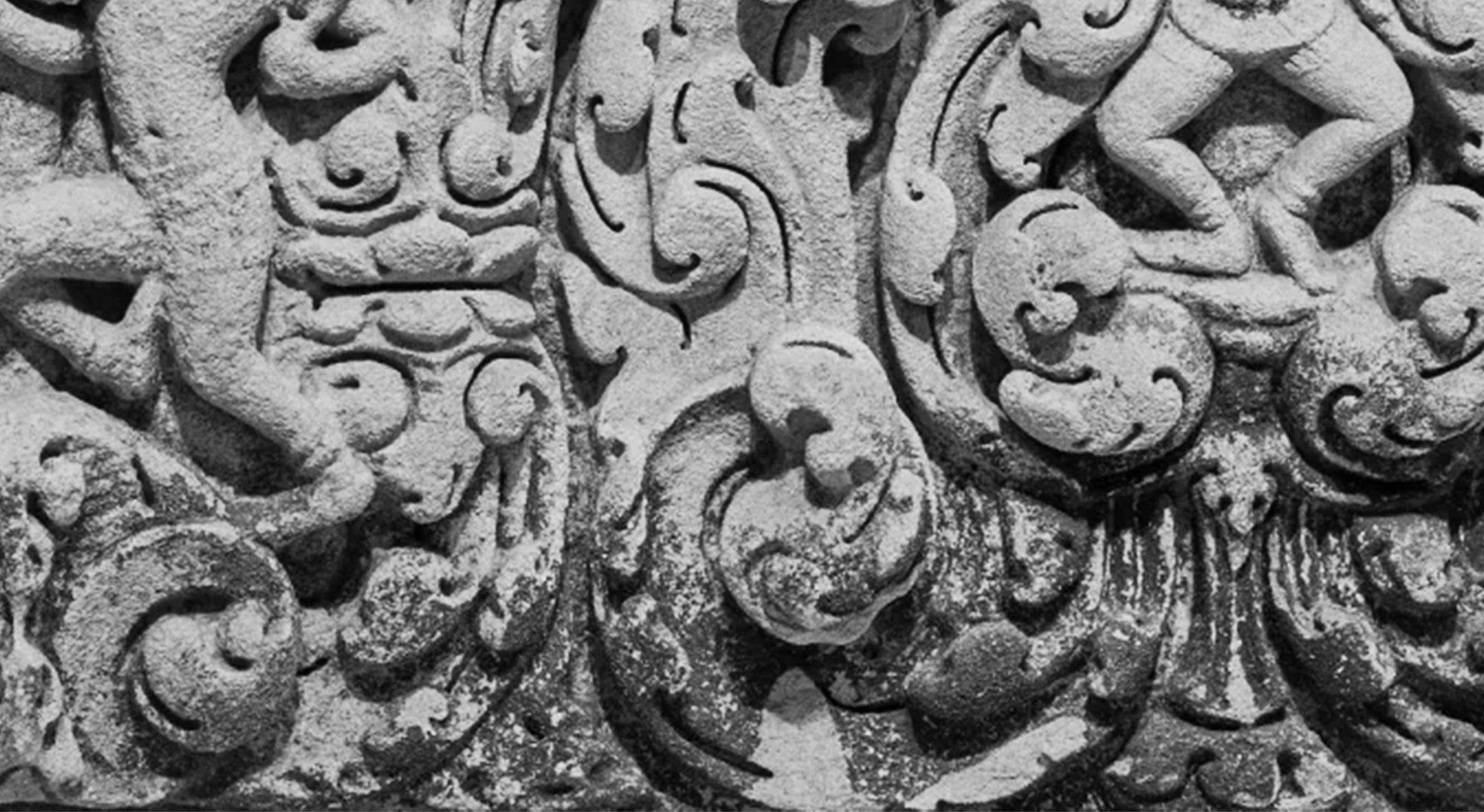August 8, 2018–August, 18 2020
-
Dates
-
Location
Arthur M. Sackler Gallery | Gallery 27
-
Collection Area
Ancient Near Eastern Art
Frankincense and myrrh, the fabled aromatics, have long been associated with south Arabia (modern Yemen), which the Romans called Arabia Felix (Arabia, the Prosperous). Caravans transported the luxury commodities to the Mediterranean world and the Indian subcontinent. Timna and other cities along the trade routes prospered and became known for their artistic production, such as fine alabaster figures and impressive metalwork. This long-distance trade with the Greeks, Romans, and Persians also introduced new artistic and cultural traditions to ancient Arabia, a once-vital area now marred by war and destruction.
A Glimpse of Ancient Yemen highlights a small selection of objects that were excavated from the region by the pioneer archaeologist Wendell Phillips and his team in 1950 and 1951.
Detail, Pair of lions with erotes as riders; S2013.2.77.1–2
- Jump To...
Explore All Pieces in this Section
Statue of standing male figure
-
Period
Kingdom of Qataban
-
Geography
Yemen
-
Material
Calcite travertine
-
Accession
S1986.513
Inscribed statue of standing male figure
-
Period
Kingdom of Qataban
-
Geography
Yemen
-
Material
Calcite travertine
-
Accession
S1986.514
Striding lions with Erotes children
-
Geography
Yemen
-
Material
Bronze
-
Accession
S2013.2.77.1
Striding lions with Erotes children
-
Geography
Yemen
-
Material
Bronze
-
Accession
S2013.2.77.2
Inscribed plaque with lamp
-
Geography
Wadi Bayhan, Yemen
-
Material
Bronze
-
Accession
S2013.2.88
Head of a woman
-
Geography
Wadi Bayhan, Yemen
-
Material
Alabaster, stucco, and bitumen
-
Accession
S2013.2.139
Seated woman with clenched fists
-
Geography
Wadi Bayhan, Yemen
-
Material
Calcite-alabaster
-
Accession
S2013.2.152
Face stela
-
Geography
Wadi Bayhan, Yemen
-
Material
Limestone
-
Accession
S2013.2.165
Inscribed stela with figure of a woman
-
Geography
Wadi Bayhan, Yemen
-
Material
Calcite-alabaster
-
Accession
S2013.2.208



